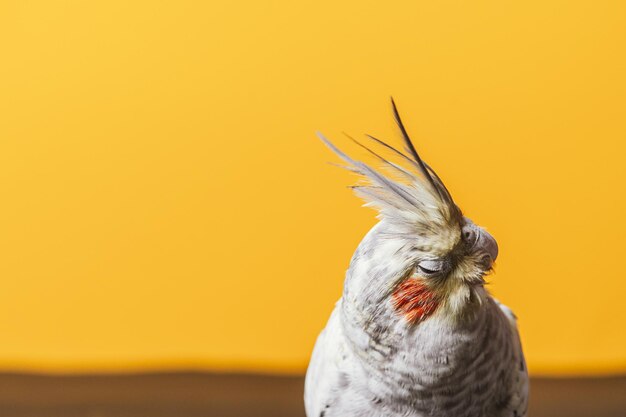Jaguar Facts – Discovering the Secrets of the Elusive Big Cat

Jaguars are the apex predators of the Americas.
Jaguars have the strongest jaw muscles of any big cat.
The jaguar is the third largest big cat in the world, after tigers and lions.
Jaguars are known for their unique rosette patterns on their fur.
Jaguars have incredibly powerful forelimbs, allowing them to climb trees easily.
Jaguars are extremely agile and can move silently through the densest jungles.
Jaguars are known to have a preference for water and are excellent swimmers.
Jaguars have a lifespan of around 12-15 years in the wild.
Jaguars have been revered by ancient civilizations like the Mayans and Aztecs.
Jaguars have an incredible ability to adapt to different habitats, from rainforests to grasslands.
Jaguars have the ability to mimic other animal calls, making them skilled deceivers.
Jaguars have a preference for hunting at night, using their excellent night vision.
Jaguars have incredibly strong bite force, allowing them to easily pierce the shells of turtles or the skulls of caimans.
Jaguars play a crucial role in maintaining the balance of ecosystems as top predators.
Jaguars are solitary animals, except during mating season.
Jaguars have a unique way of killing their prey by crushing the skull with a bite to the head.
Jaguars have retractable claws, which help them maintain better traction when climbing trees.
Jaguars have a unique ability to survive in both hot and humid environments as well as drier areas.
Jaguar Facts – Discovering the Secrets of the Elusive Big Cat part 2
Jaguars have a powerful sense of smell, helping them locate their prey even in dense vegetation.
Jaguars are territorial animals and mark their territory using scent markings and scrapes.
Jaguars are known to be excellent stalkers, patiently waiting for the perfect moment to strike.
Jaguars have a remarkable ability to adapt to various types of hunting techniques depending on their environment.
Jaguars have been a symbol of power and strength in many indigenous cultures.
Jaguars are believed to have mystical abilities according to ancient beliefs.
Jaguars hold a special place in the mythologies of many indigenous tribes.
Jaguars have a low reproductive rate, with females giving birth to only one to four cubs at a time.
Jaguars have a unique mating ritual involving vocalizations and scent marking.
Jaguars have a strong connection to water and are often associated with rivers and lakes.
Jaguars have an important role in seed dispersal, as they consume fruits and later excrete the seeds in different locations.
Jaguars are highly territorial and will fiercely defend their territory from intruders.
Jaguars have been an inspiration for many cultures’ art, literature, and folklore.
Jaguars are highly adaptable and have been found in a variety of habitats, from dense rainforests to mountainous regions.
Jaguars have a diverse diet that includes mammals, fish, reptiles, and even birds.
Jaguars have a distinctive vocalization that sounds like a repetitive cough or deep growl.
Jaguars have been known to ambush their prey by hiding in trees and pouncing on them from above.
Jaguars are known for their ability to take down large prey like deer or peccaries.
Jaguars have a keen sense of hearing, allowing them to detect prey movements even in dense vegetation.
Jaguars have powerful hind limbs that enable them to jump long distances.
Jaguars are skilled hunters and have a success rate of around 50-60%.
Jaguars have an incredible ability to camouflage in their surroundings, making them difficult to spot.
Jaguars are highly adaptable and can survive in both pristine and disturbed habitats.
Jaguars are excellent climbers and can carry their prey up into the trees to avoid theft from other predators.
Jaguars are highly sought after in the illegal wildlife trade due to their beautiful fur.
Jaguars are considered a keystone species, as their presence has a significant impact on their ecosystems.
Jaguars have long been studied by scientists to understand their behavior and preserve their populations.

